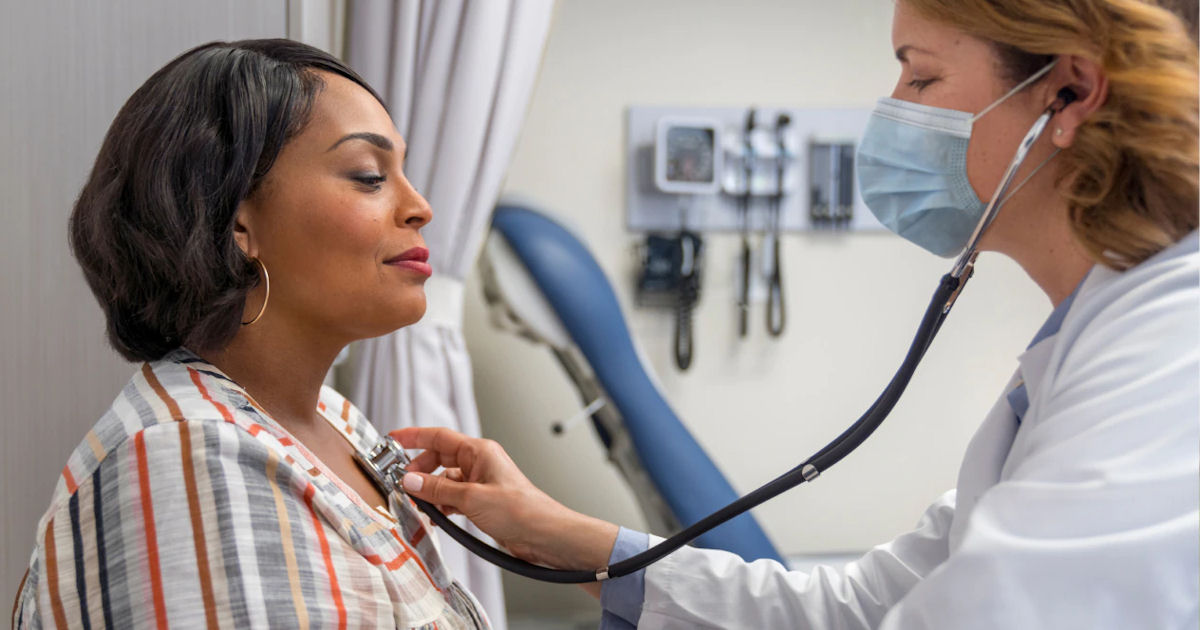Unveiling the Efficiency of the Screen for Life Program

Table of Contents
ToggleIn the realm of healthcare, prevention is undeniably paramount. With the advent of numerous health initiatives, one program stands out for its efficacy in early detection and prevention – the Screen for Life program. In this comprehensive guide, we delve into the inner workings of the Screen for Life program, exploring its mechanisms, benefits, and impact on public health.
Understanding the Screen for Life Program:
The Screen for Life program is a pioneering initiative designed to promote early detection of various health conditions through regular screenings. The core objective is to empower individuals to take charge of their health by proactively monitoring key health indicators. From cancer screenings to cardiovascular assessments, the program offers a spectrum of screening services tailored to individual needs.
How does the Screen for Life Program Work?
Here The Question Arsis That How Screen for Life program works Central to the functionality of the Screen for Life program is accessibility. By collaborating with healthcare providers, community centers, and employers, the program ensures widespread availability of screening services. Individuals can easily access screening appointments either through self-referral or physician recommendation.
Upon scheduling a screening appointment, participants undergo a series of tests based on their age, gender, and risk factors. These tests may include but are not limited to:
- Cancer Screenings: Screenings for various types of cancer such as breast, cervical, colorectal, and lung cancer are offered based on established guidelines and risk assessments.
- Cardiovascular Assessments: Screening for cardiovascular diseases involves evaluating risk factors such as blood pressure, cholesterol levels, and lifestyle habits.
- Diabetes Screening: Individuals at risk of diabetes undergo blood glucose tests to assess their current status and risk of developing diabetes.
- Infectious Disease Screening: Screenings for infectious diseases such as HIV and Hepatitis are also offered to at-risk populations.
The screening process is conducted by trained healthcare professionals utilizing state-of-the-art equipment and adhering to stringent quality standards. Following the screenings, participants receive comprehensive reports outlining their results and recommendations for further action.
Key Benefits of the Screen for Life Program:
- Early Detection: By detecting health conditions at an early stage, the program significantly enhances treatment outcomes and reduces the burden of disease.
- Preventive Healthcare: Regular screenings empower individuals to adopt preventive measures and make informed decisions regarding their health.
- Cost-Effectiveness: Investing in preventive screenings proves to be more cost-effective in the long run by mitigating the need for expensive treatments associated with advanced disease stages.
- Community Engagement: The Screen for Life program fosters community engagement by raising awareness about the importance of preventive healthcare and encouraging participation in screening initiatives.
Impact on Public Health:
Since its inception, the Screen for Life program has made significant strides in promoting public health and well-being. By reaching out to diverse populations and prioritizing underserved communities, the program addresses health disparities and ensures equitable access to screening services. Moreover, by partnering with stakeholders across the healthcare continuum, the program facilitates seamless coordination of care and referral pathways for follow-up services.
Conclusion:
In conclusion, the Screen for Life program stands as a beacon of hope in the realm of preventive healthcare. Through its comprehensive screening services and community-centric approach, the program not only detects health conditions at an early stage but also empowers individuals to lead healthier lives. As we navigate the complex landscape of healthcare, initiatives like the Screen for Life program serve as catalysts for positive change, paving the way towards a healthier and more resilient society. Embrace the power of prevention – embrace the Screen for Life program.




